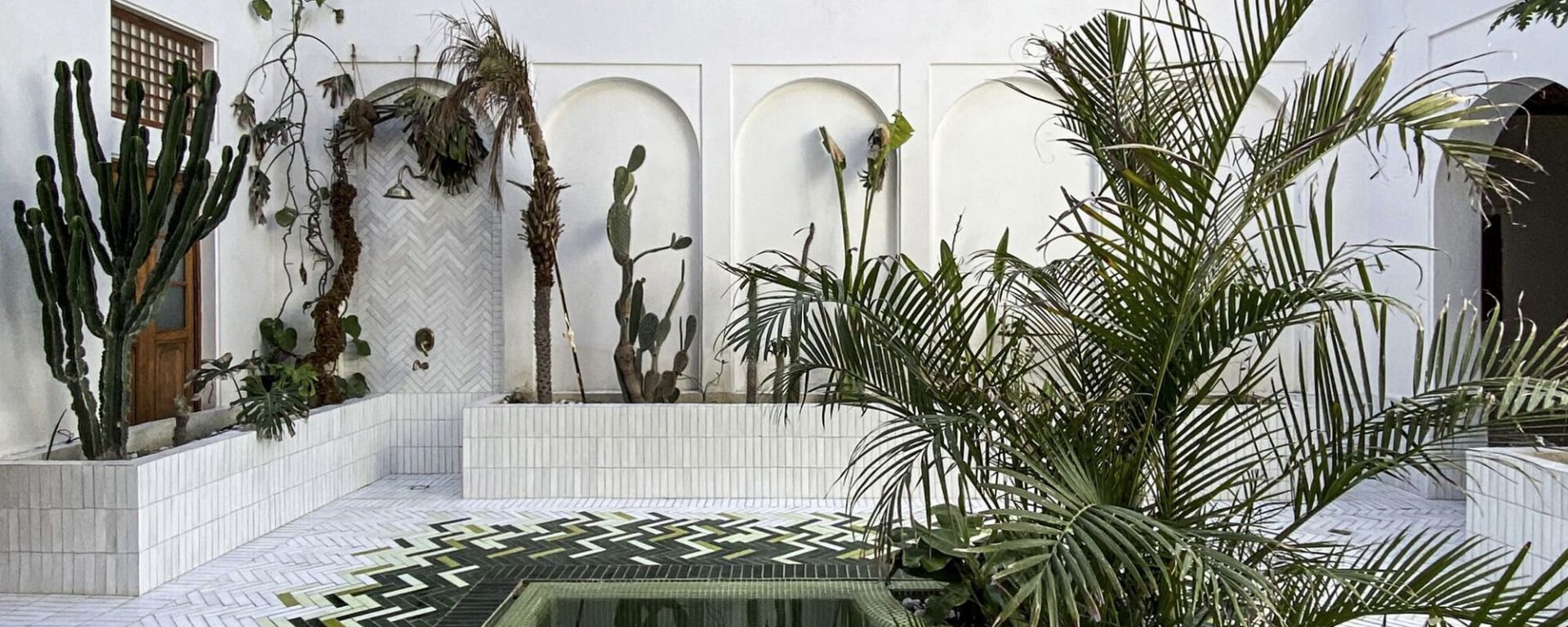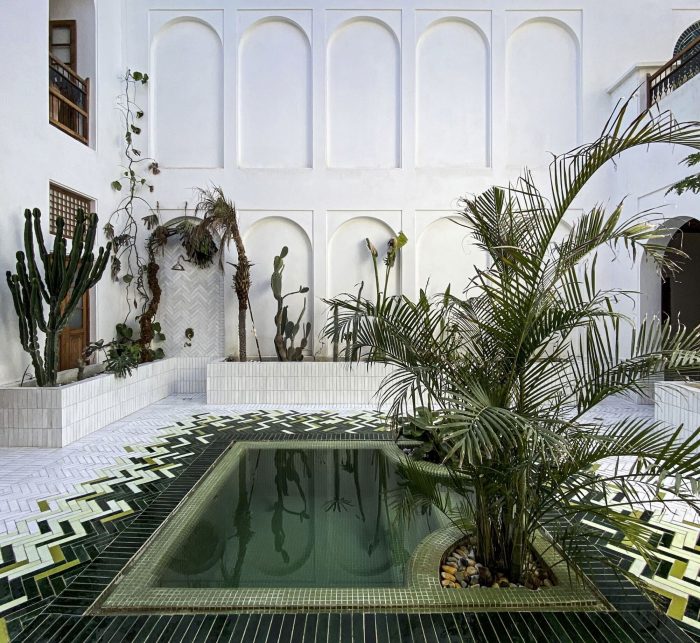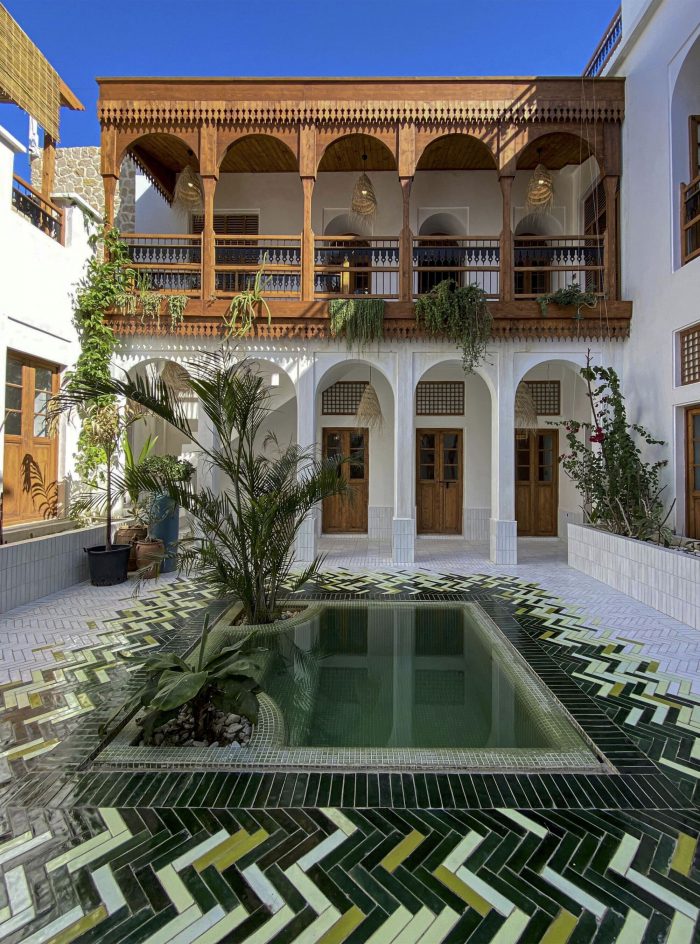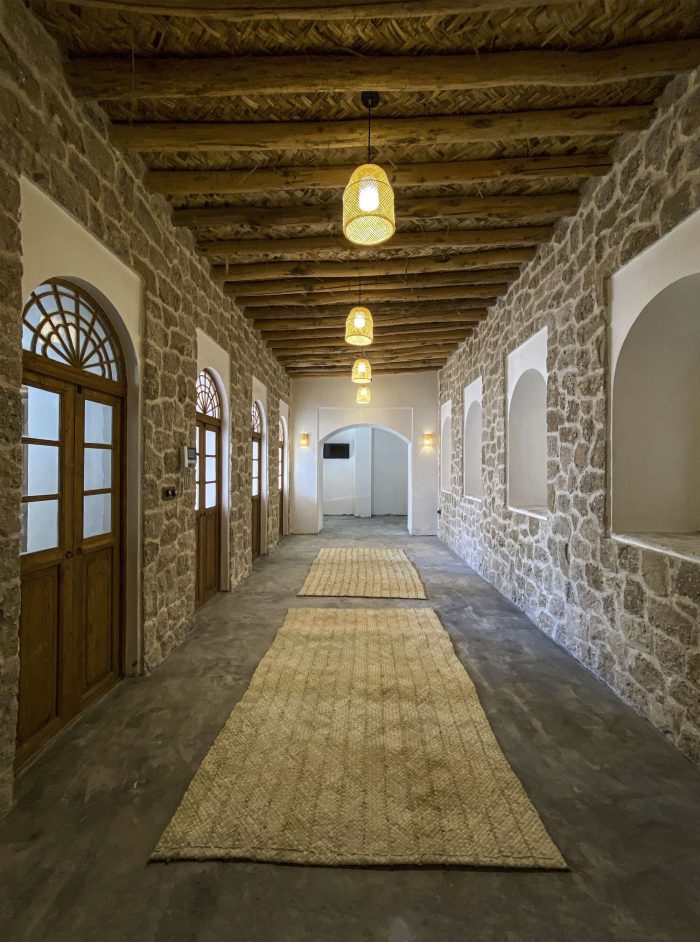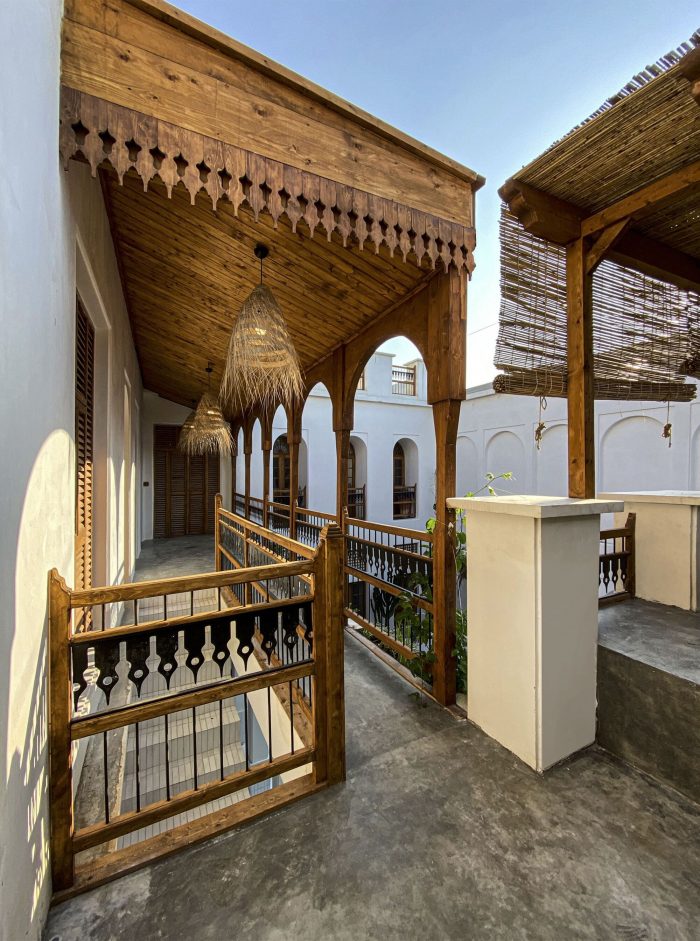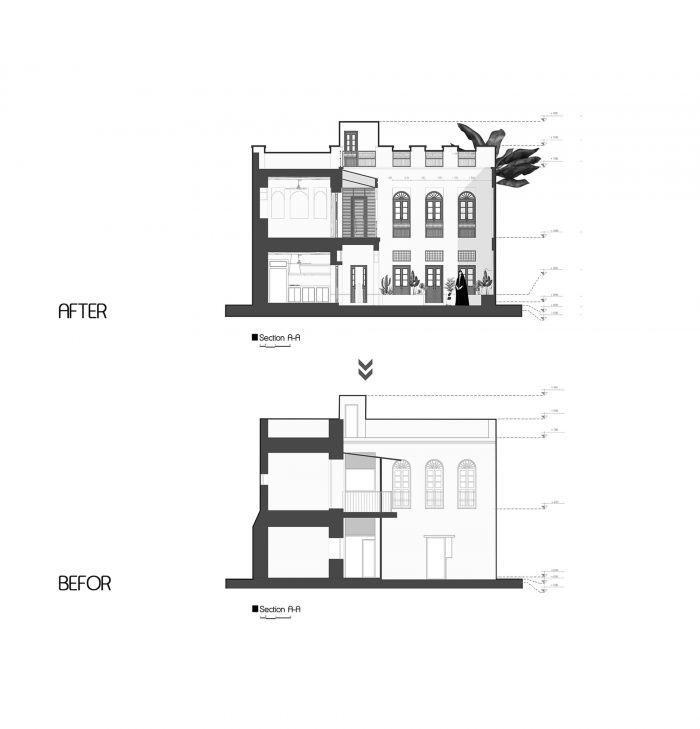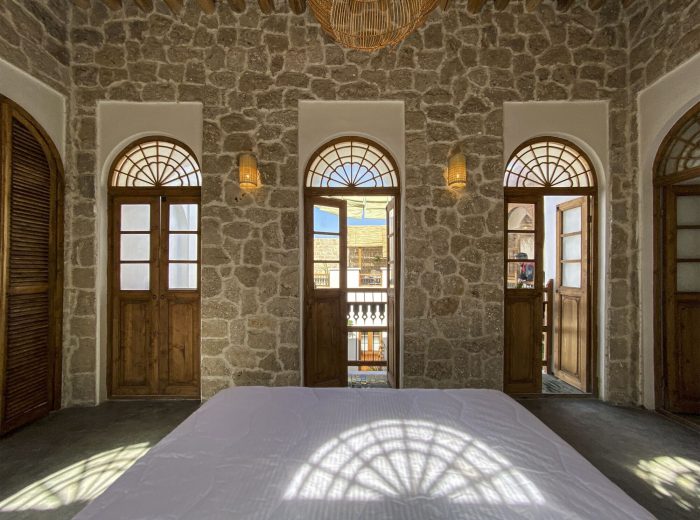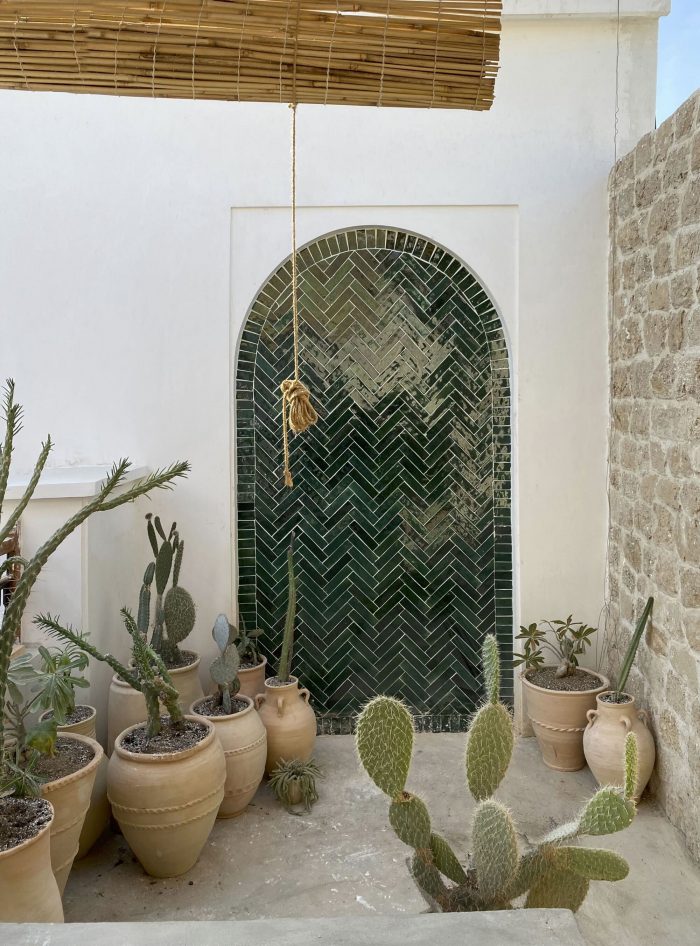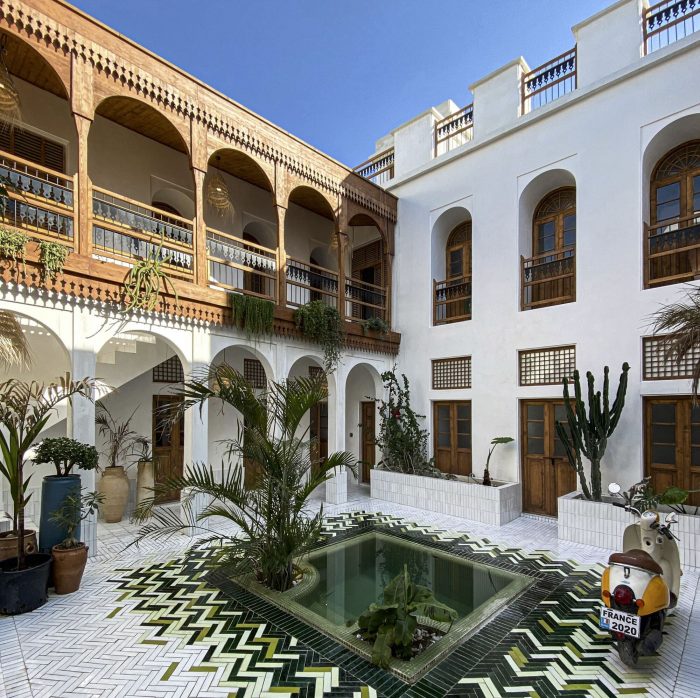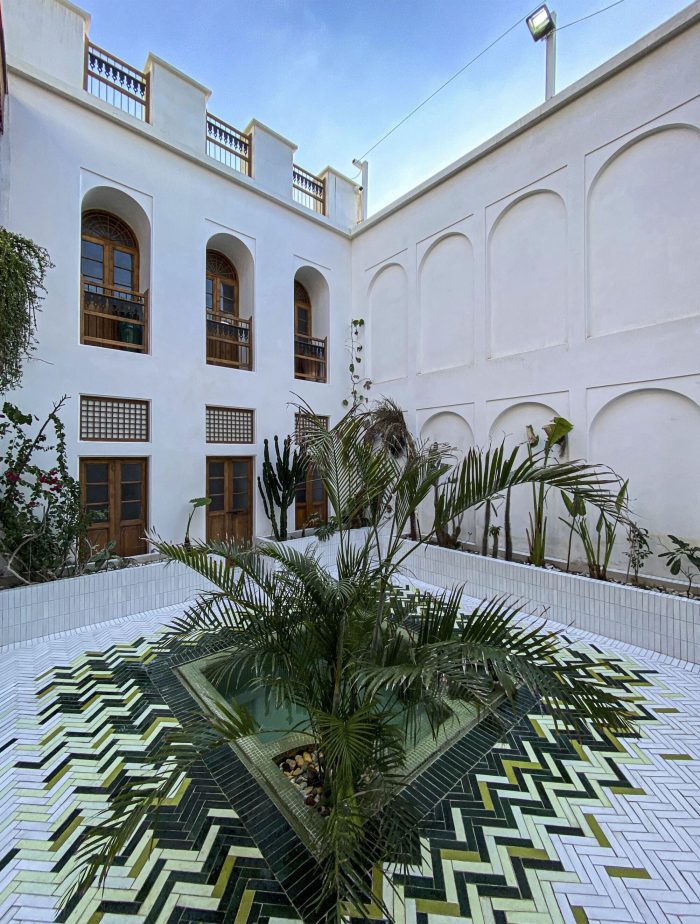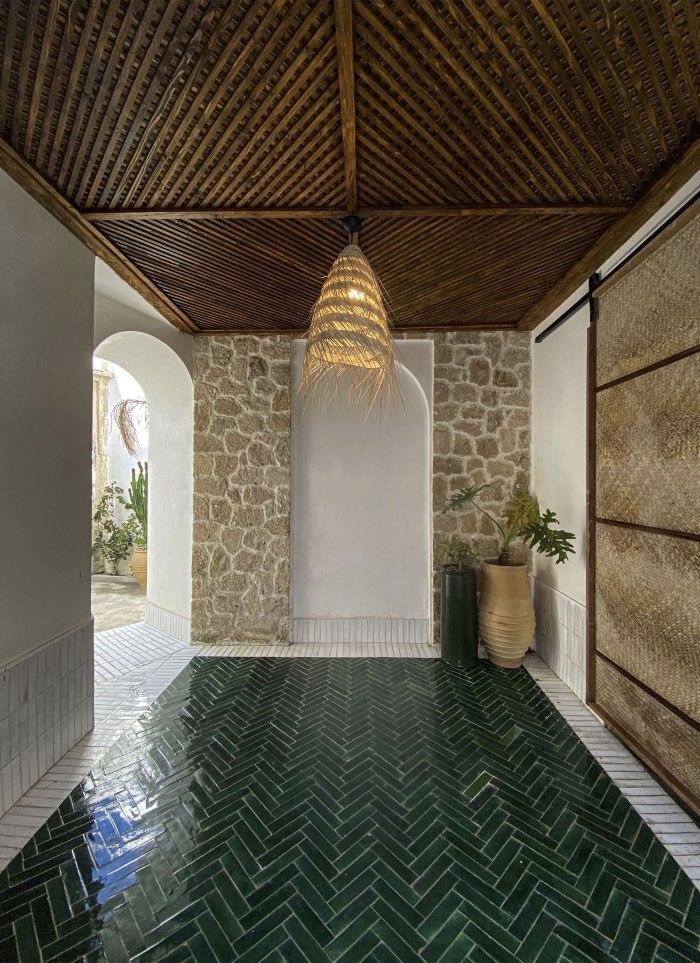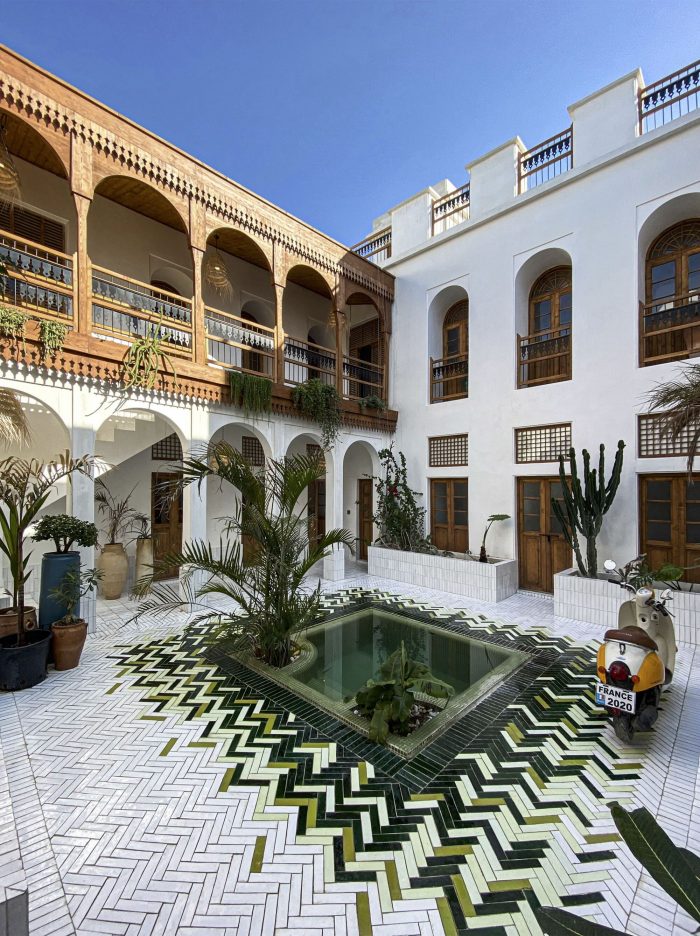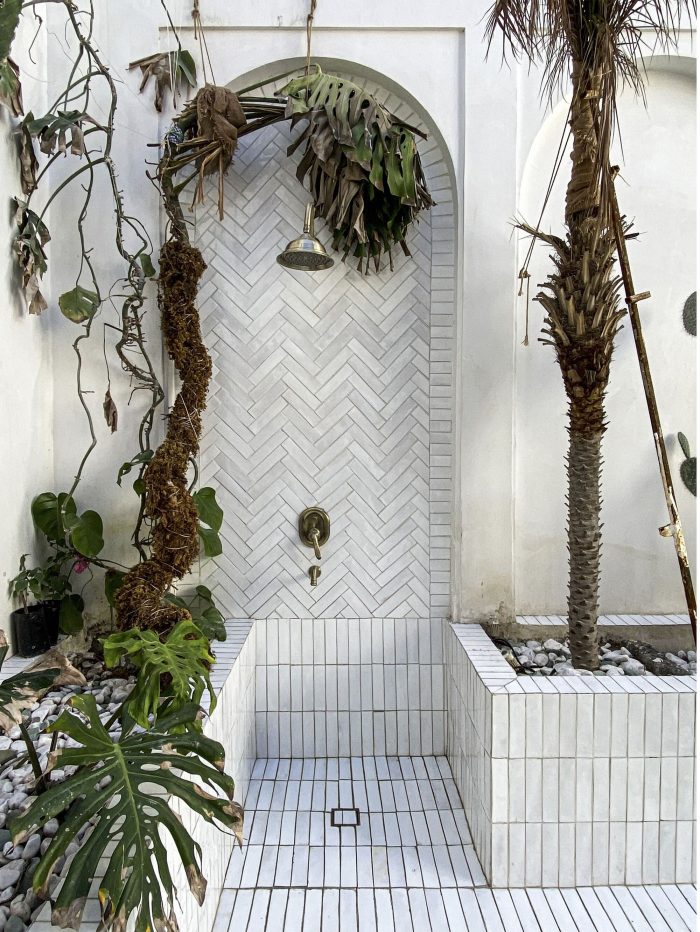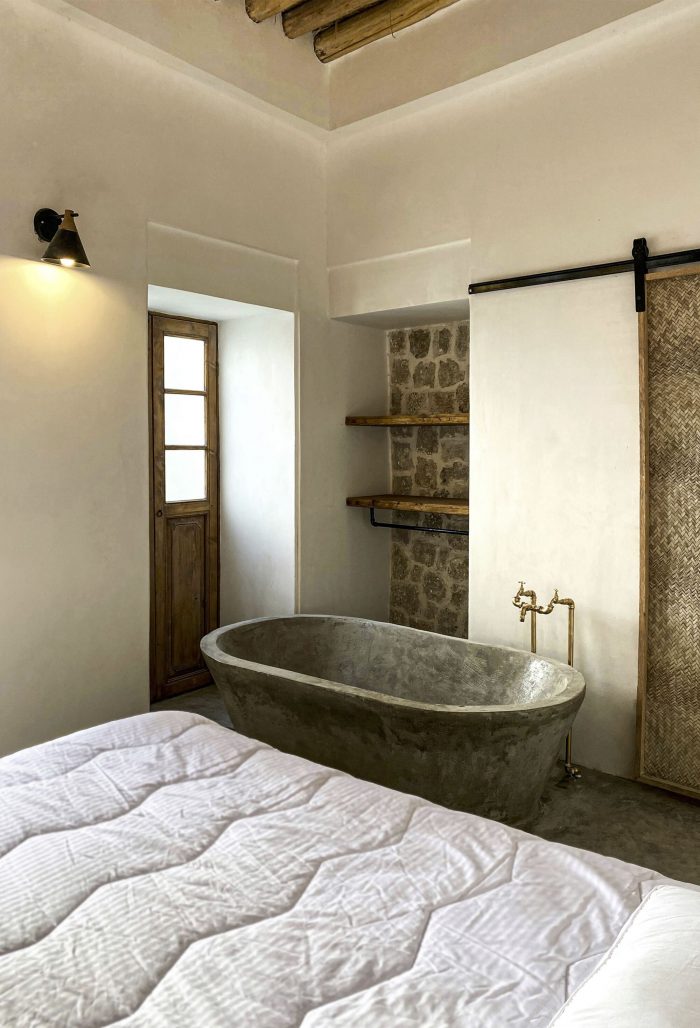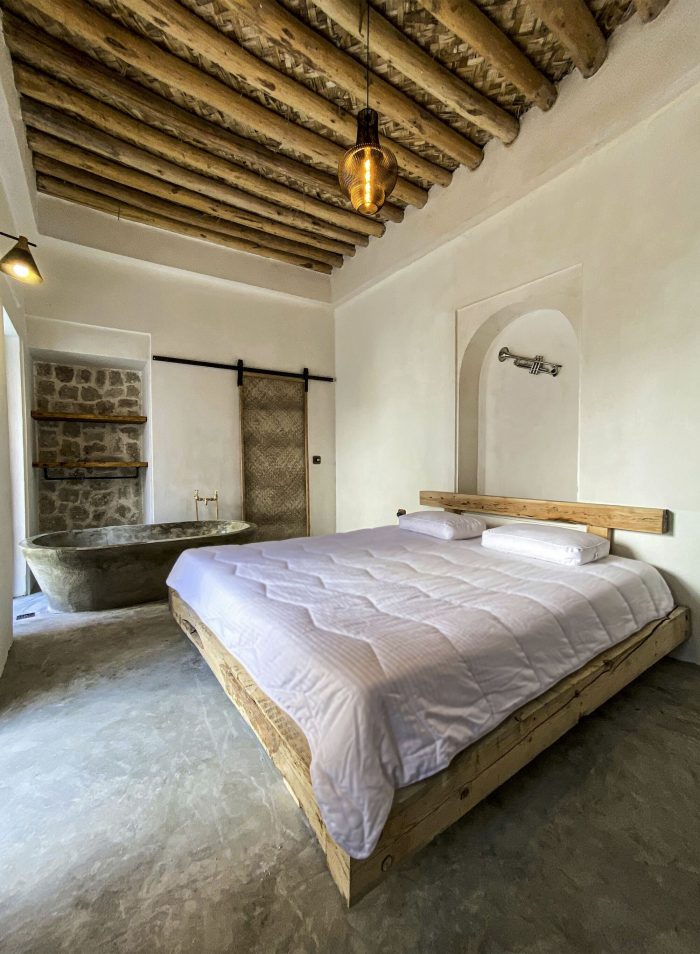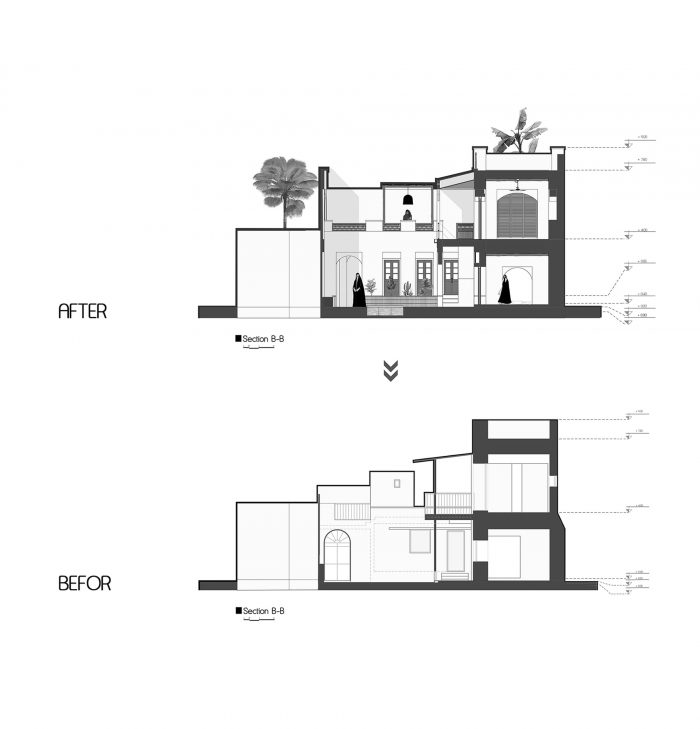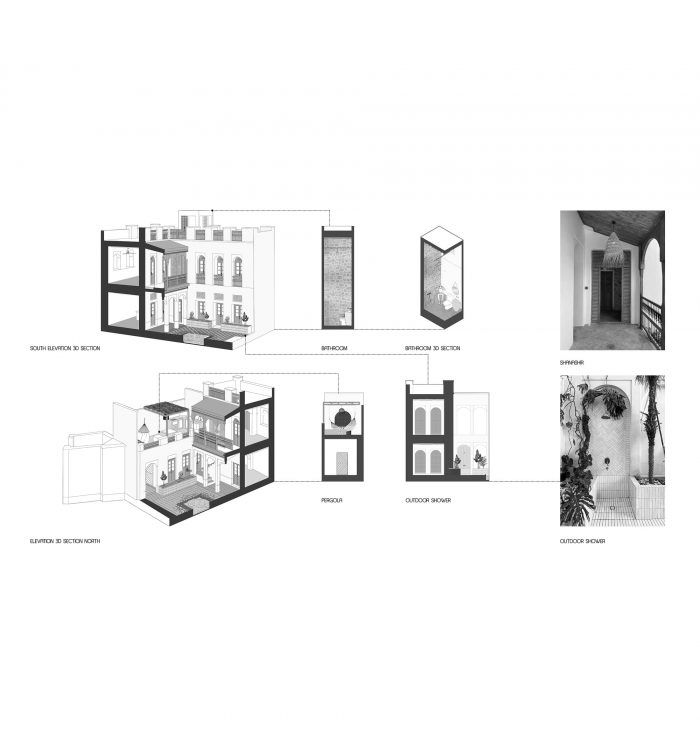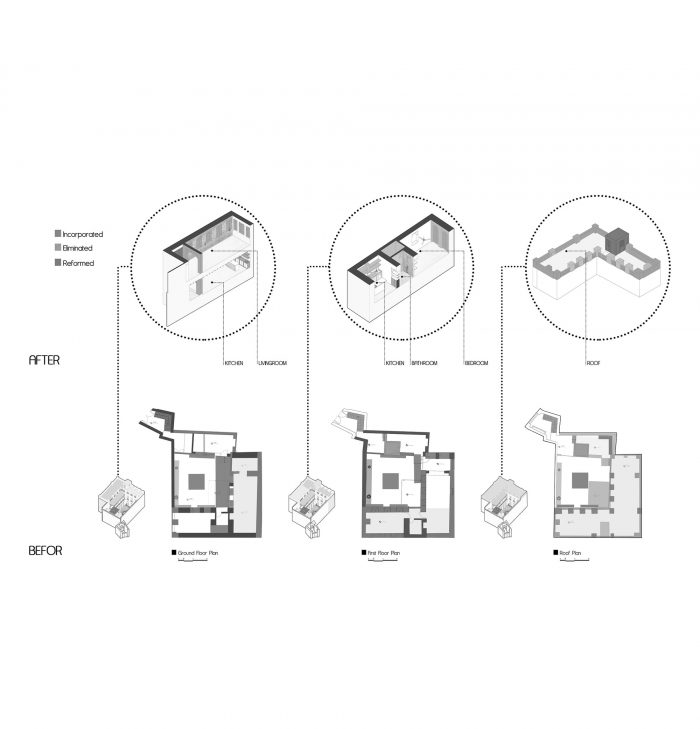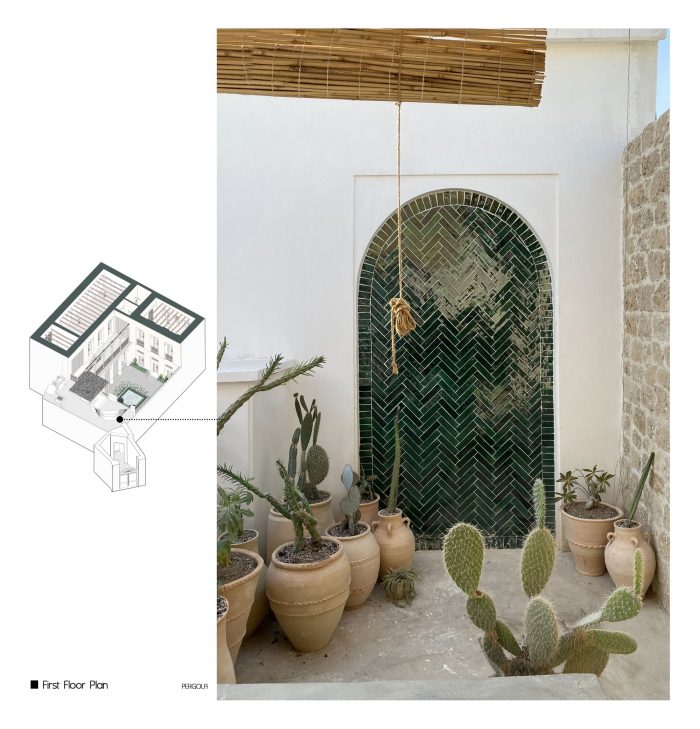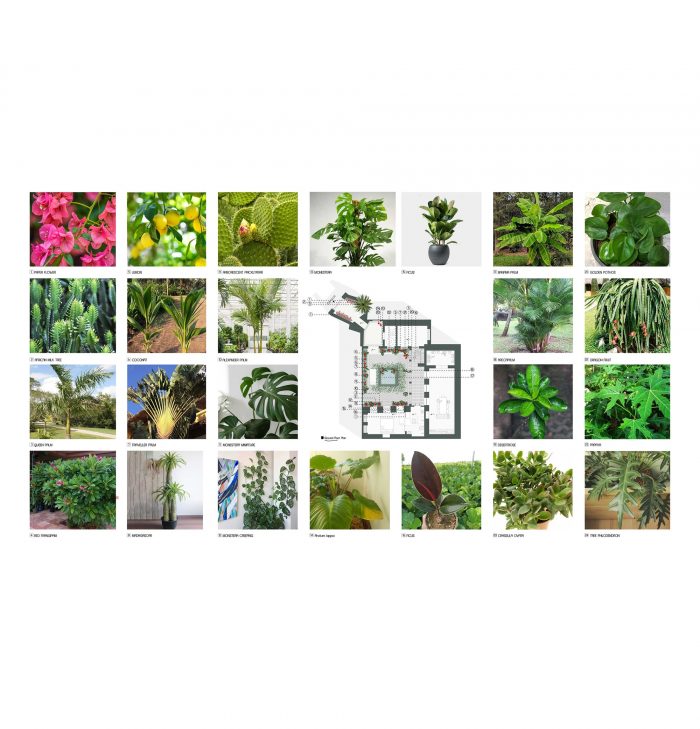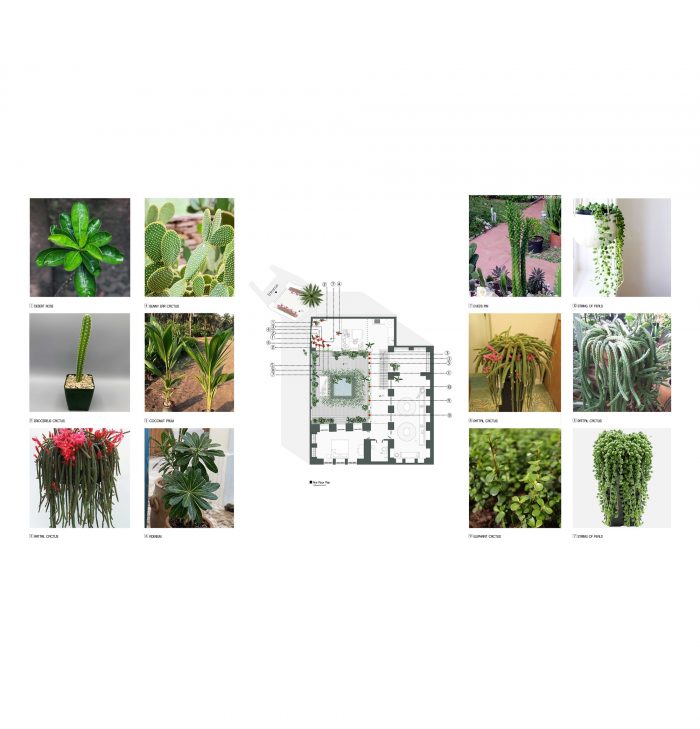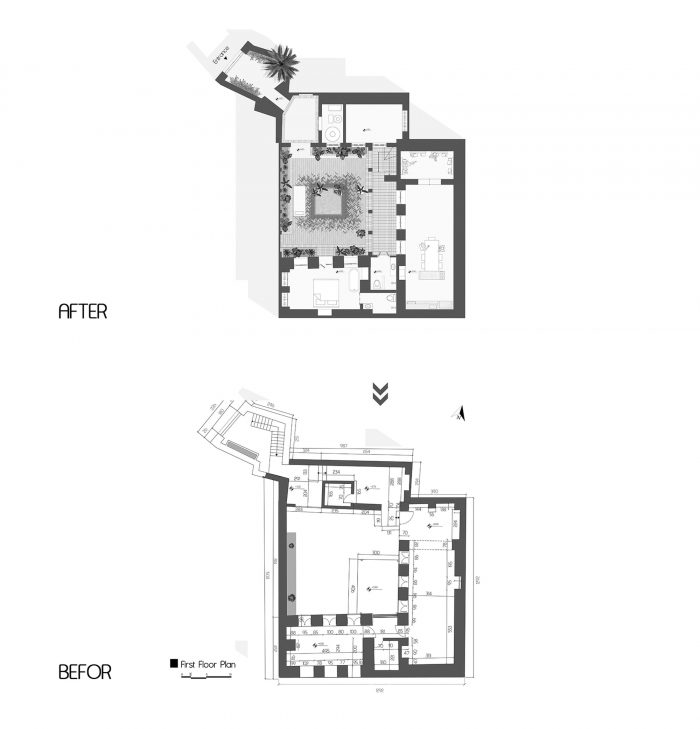这个房子是建筑师的回应,解释他们在认识和理解项目中的作用,并促进尊重设计背景的原则。在每个项目中,建筑师总是提出各种问题,以及如何以明确的方式回答这些问题。这包括如何确定每个项目的不同方面,研究每个项目的背景,尊重原有的模式,同时适应建筑的现在和未来,并与雇主的意见一致。
This house was a response by the architects, to explain their role in recognizing and understanding the project and promoting principles of respect to the context of the design. In each project, architects always put various questions and how to answer them in a clear way. That includes how to determine the different aspects of each project, studying the context of each, respecting the original patterns while adapting to the present and future of the building, and consonant with the opinion of the employer.
建筑师;甚至在旧建筑改造项目中负有更多的责任;因为建筑的历史背景、其中的格局、材料的知识等的价值都需要更准确、更有原则的研究。
The architects; even have more responsibilities in old buildings renovation projects; Because the value of the historical context of the building, the patterns in it, and knowledge of materials, etc. all need a more accurate and principled study.
“绿色公馆 “最初是由一个多片式建筑组成,随着时间的推移,其面积的增加,建筑的方式也变得杂乱无章。该建筑由北体、南体和东体组成,多年来,随着大量的变化和未经研究的重建,已经失去了原有的模式。这座房子有很大的问题,它的外观已经完全改变。
The “Green mansion” initially consisted of a multi-piece building that was built in a haphazardous way over time as its area was increased. The building consists of a northern, southern, and eastern body, which had lost its original pattern over the years with a lot of changes and unstudied reconstructions. The house had major problems, and its appearance is completely changed.
经过对该建筑的初步考察、研究,以及与雇主的几次会议的讨论;主要的目标是基于复兴该建筑,使其恢复其有价值的历史模式;同时也为其增加新的精神。最后,设计过程分四步完成。
After the initial visit to the building, its study, and discussions in several meetings with the employer; the main goal was set based on reviving the building and returning it to its valuable and historical patterns; while also adding a new spirit to it. Finally, the design process was done in four steps:
第一步。研究项目(建筑的位置,研究该背景下有价值的建筑模式、材料和结构,研究建筑的稳定性和变化,等等)。
第二步。识别先前存在的附加物并将其拆除。
第三步。研究现有的结构并对其进行加固。
第四步。使用原来的模式,并完成设计过程中与为项目定义的身份有关的变化,同时适应今天研究的模式,同时考虑在该地区建立劳动力和本地建筑材料的能力。(翻新露台并建造一个Shena’shil-a当地的露台来代替它,在院子中间建造一个小水池,用席子纹理图案的隐喻来手工制作地砖,用当地材料制作照明吊灯,重新装修门廊,等等)。
The first step: Studying the project (location of the building, study of valuable construction patterns in that context, material, and structure, the study of Building stability and changes in the building, etc.).
The second step: Identifying the pre-existing additions and removing them.
The third step: Studying the existing structure and reinforcing it.
The fourth step: Using original patterns and completing the design process with changes related to the identity defined for the project while adapting to the patterns studied today along with considering the ability to build a workforce and indigenous construction materials in the area. (Renovating the terrace and building a Shena’shil-a local terrace instead of it, building a small pool in the middle of the yard, handmade floor tiles with a metaphor of the mat texture pattern, making lighting pendants with local materials, reno-facades, and the entrance foyer, etc.)

Architects: Ev Design Office
Area : 350 m²
Year : 2021
Photographs :Zahra Rezaee
Lead Architects : Mojtaba Naghizadeh, Nastaran Tavakoli
Interior Design : Mojtaba Naghizadeh, Nastaran Tavakoli
City : Rasht
Country : Iran

